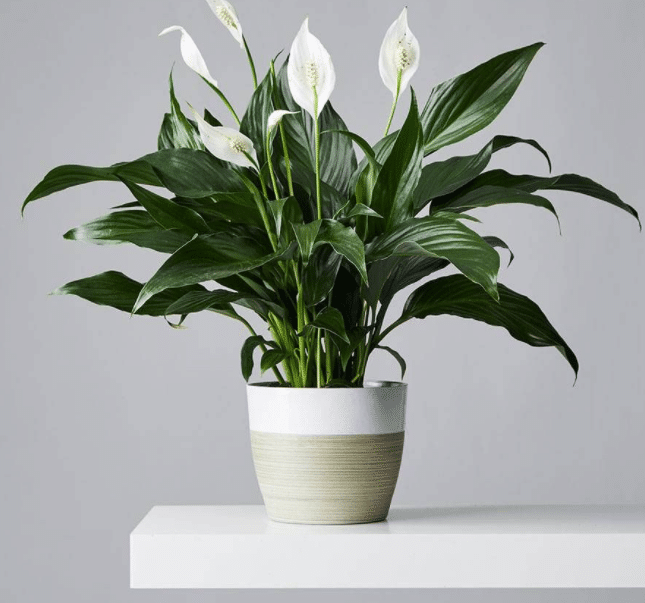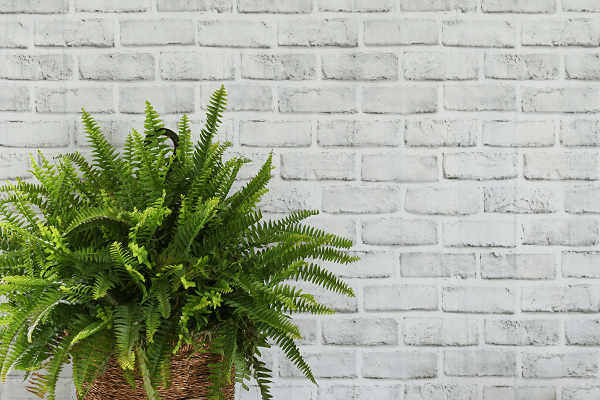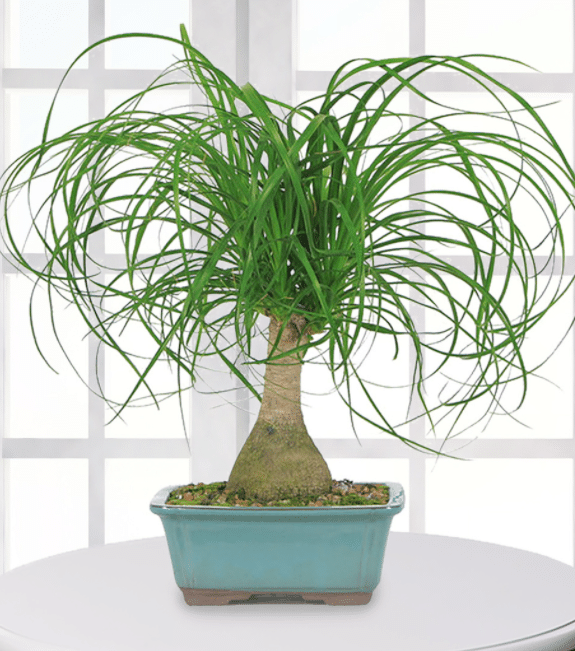Do you have a black thumb? Are you always killing plants? If so, don’t worry; you’re not alone. Many people have difficulty keeping plants alive, especially if they don’t have a lot of natural light. However, this doesn’t mean that you can’t enjoy the beauty and benefits of plants in your home. Many indoor low-light plants thrive in dark environments! This blog post will discuss some of the best plants for low-light conditions and some of the different reasons they are fantastic to have in your home.
Contents
ZZ Plant

The ZZ Plant is one of the best indoor low-light plants because it thrives in conditions with little natural light. It can even grow in complete darkness, making it an ideal plant for people who live in apartments or homes with limited sunlight. Additionally, the ZZ Plant doesn’t require a lot of water, making it a low-maintenance option. This plant is also known for its air-purifying properties. It can remove toxins from the air, such as formaldehyde and benzene.
Peace Lilly

The Spathiphyllum, more commonly known as the peace lily, is one of the most popular houseplants in the world. It’s incredibly easy to grow indoors, tolerates low light levels, and cleans the air of harmful toxins. Many people don’t know that peace lilies also have several therapeutic benefits. Studies have shown that the peace lily can even reduce stress levels and boost cognitive function.
Boston Fern

The Boston fern is another excellent option for people who live in low-light environments. This plant does best in areas with high humidity levels, so it’s a good choice for bathrooms and kitchens. The Boston fern is also known for its ability to purify the air. It can remove toxins from the environment, such as formaldehyde and xylene. Additionally, this plant is relatively easy to care for. It doesn’t require a lot of water or sunlight, making it an excellent low-maintenance option.
Ponytail Palm

The ponytail palm is a great indoor low-light plant because it thrives in areas with little to no sunlight. This makes it the perfect plant for homes or offices with minimal natural light. Additionally, the ponytail palm does not require a lot of watering, making it another plant on this list that is easy to care for. Some of the unique benefits of the ponytail palm include its ability to improve humidity levels. It does this by releasing water vapor into the air, which can benefit people with allergies or asthma.
Additionally, ponytail palms help increase focus and productivity. This is likely due to their ability to filter out toxins and improve air quality. So if you’re looking for a low-maintenance indoor plant that has multiple benefits, the ponytail palm is a great option.
Maidenhair Fern

One of the best indoor low-light plants is the maidenhair fern. This plant has delicate leaves that can add a touch of greenery to any room. The maidenhair fern is also known for being easy to care for. This plant does not require much sunlight and can even thrive in indirect light.
Another benefit of the maidenhair fern is that it can help to improve your mood. The foliage of this plant releases oxygen into the air, which can help create a relaxing atmosphere. If you’re choosing where to position the fern, be aware that it should be placed somewhat distant but not directly in front of any windows or bright lights. The leaves may get scorched if left in full sunshine.
Snake Plant

The snake plant is one of the best indoor low-light plants for your home. It is a succulent that can store water in its leaves, so it does not need as much water as most other plants. The snake plant also produces oxygen at night, so it is an excellent plant to have in your bedroom. It can also help reduce noise levels by absorbing sound. The snake plant is also non-toxic, so it is good for homes with pets or children. Lastly, this beautiful plant absorbs CO2 from the air, making it a good choice for people with allergies.
Prayer Plant

The prayer plant is a beautiful and unique plant that gets its name from how its leaves fold together at night, resembling praying hands. The prayer plant is native to tropical regions of South America, so it thrives in warm, humid environments. If you live in a drier climate, you can still grow a prayer plant, but you will need to provide extra humidity for it. Prayer plants are among the best indoor low-light plants because they can tolerate shady conditions and don’t require much sunlight to grow. The prayer plant leaves are also rich in chlorophyll, which means they can produce food even in low-light environments.
Rex Begonia

Rex begonia is one of the best indoor low-light plants because it doesn’t need much sunlight to grow. It does well in indirect light or even in shaded areas. This makes it perfect for homes that have little natural light. Rex begonia also has beautiful leaves that come in various colors, including green, red, and bronze. On top of purifying the air, rex begonia can also help to boost your mood and reduce stress levels. If you’re looking for a beautiful plant that will grow in almost any condition, give this one a try!
Conclusion
So if you are looking for an easy way to improve your home’s air quality and make it more inviting, try adding some indoor low-light plants! Not only do these plants thrive in dark environments, but they also help filter the air and remove toxins. Plus, they can brighten up a room with their beautiful leaves or flowers. So why not give them a try? You might be surprised at how much you like having them around.


